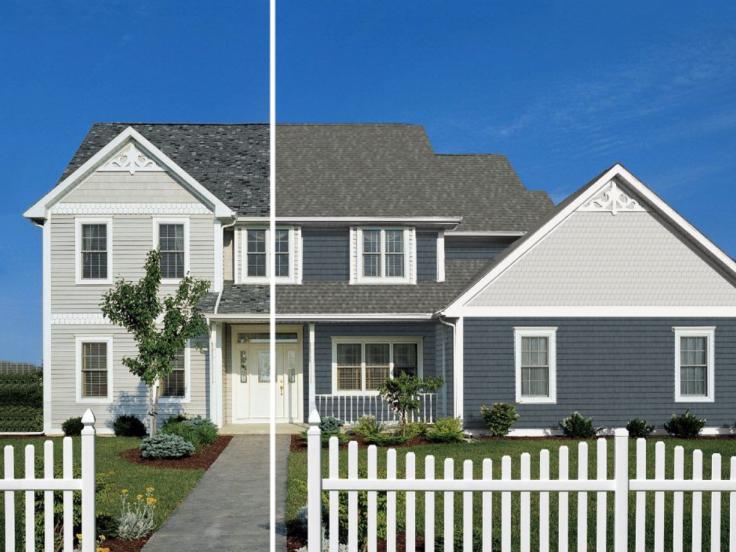Systems-Based Solutions
Proven technology. Enduring performance. Fast, easy installation. By design, our roofs work altogether better because their components are engineered to all work together.


Starter Shingles
Specially designed starter shingles provide a solid foundation for a seamless and secure installation.

Asphalt Shingles
Unparalleled durability, stunning aesthetics, and superior protection against the elements.


Ridge Ventilation
Keep air moving along the underside of the roof to help prevent attic heat buildup, humidity, and ice dams.
The Proof Is in the Performance
Cool roofs. Luxurious shingles. Heat, impact, and algae resistance. Wherever you live, whatever weather you live with, we’ve got options that rise above it all.
Featured Products
The CertainTeed® FORTIFIED™-compliant Roof
Build every roof to a higher standard. Here are all the components needed to create a tougher defense against extreme weather and water intrusion.
.jpg?crop=yes&k=c&w=736&h=552&itok=JC_A1B-l)
Your Home, Reinvented
The colors. The combinations. The potential. See exactly how your home will look with our ColorView® visualizer. Experiment with our portfolio of roofing, siding, and trim options.


.jpg?crop=yes&k=c&w=1600&h=687&itok=2cUyjKO4)
.jpg?crop=yes&k=c&w=736&h=552&itok=z5ifKD8t)
.jpg?crop=yes&k=c&w=736&h=552&itok=CVZn5oBl)

.jpg?crop=yes&k=c&w=294&h=221&itok=nqe0Q-v-)
.jpg?crop=yes&k=c&w=294&h=221&itok=tcm42jK0)
